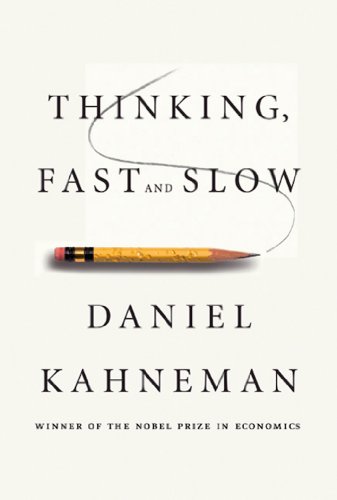

This article is an excerpt from the Shortform summary of "Thinking, Fast and Slow" by Daniel Kahneman. Shortform has the world's best summaries of books you should be reading.
Like this article? Sign up for a free trial here .
What is a heuristic question? How is it involved in decision-making? What is the link between heuristics and biases?
A heuristic question is a question that’s relatively easy to answer that you substitute for a more complex question. Heuristics are practical, but not always ideal. They help you make quick decisions.
We’ll cover how heuristics work, examples of heuristics, and the benefits and dangers of heuristic thinking.
Heuristics: Answering an Easier Question
Despite all the complexities of life, notice that you’re rarely stumped. You rarely face situations as mentally taxing as having to solve 9382 x 7491 in your head.
Isn’t it profound how we can make decisions at all without realizing it? You like or dislike people before you know much about them; you feel a company will succeed or fail without really analyzing it.
When faced with a difficult question, System 1 substitutes an easier question, or the heuristic question. The answer is often adequate, though imperfect.
Heuristic Examples
Consider the following heuristic examples:
- Target question: How much is saving an endangered species worth to me?
- Heuristic question: How much emotion do I feel when I think of dying dolphins?
- Target question: How happy are you with your life?
- Heuristic question: What’s my current mood?
- Target question: How should financial advisers who commit fraud be punished?
- Heuristic question: How much anger would I feel if I were ripped off?
- Target question: How far will this political candidate get in her party?
- Heuristic question: Does this person look like a political winner?
These heuristic examples show how heuristics are involved in decision-making. Here’s how heuristics are generated:
- System 1 (fast, intuitive thinking) applies a mental shotgun with a slew of basic assessments and heuristic questions about the problem. These impressions are readily available without thought.
- Many impressions are more emotion-based than we would like.
- Next, System 1 uses intensity matching to scale the relevant assessments to the target question.
- How painful the image of a dying dolphin feels is scaled to how much money you’re willing to contribute.
- Note that this doesn’t actually directly answer the question – sometimes, the heuristic process is actually asking a completely different question.
When System 1 produces an imperfect answer, System 2 (deliberate thinking) has the opportunity to reject this answer, but a lazy System 2 often endorses heuristic thinking without much scrutiny. This is how heuristics can lead to bias.
Even more insidiously, a lazy System 2 will feel as though it’s applied tremendous brainpower to the question.
Heuristic Example: Order Matters
In one experiment, students were asked:
- How happy are you these days?
- How many dates did you have last month?
When presented in that order, there was no correlation between the answers.
When the questions were reversed, the correlation was very high. The first question prompted an emotional response, which was then used to answer the happiness question. Here the heuristic question of “how many dates did I go on?” was used to scale to the very different question, “how happy am I?” Heuristics bias us when answering questions of this kind.
———End of Preview———

Like what you just read? Read the rest of the world's best summary of "Thinking, Fast and Slow" at Shortform . Learn the book's critical concepts in 20 minutes or less .
Here's what you'll find in our full Thinking, Fast and Slow summary :
- Why we get easily fooled when we're stressed and preoccupied
- Why we tend to overestimate the likelihood of good things happening (like the lottery)
- How to protect yourself from making bad decisions and from scam artists






